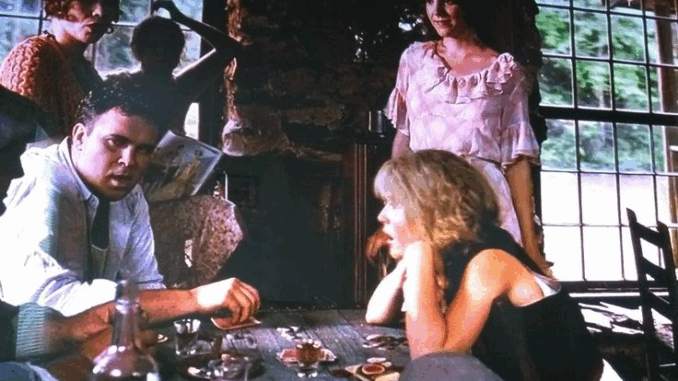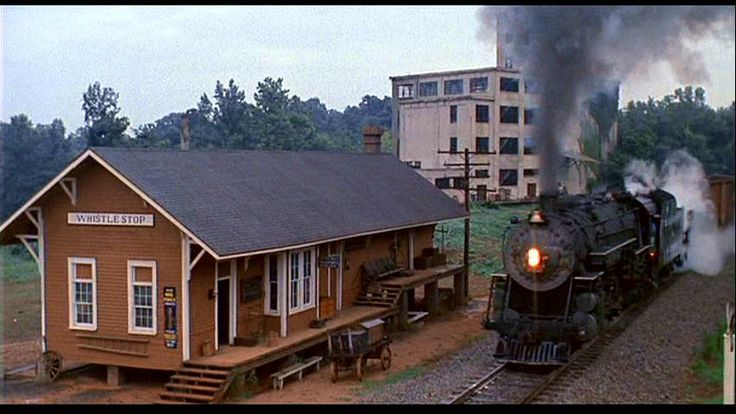
In Fried Green Tomatoes, time does not move in a straight line. It loops, it echoes, it doubles back. Characters from the past bleed into the present, and the memories of Whistle Stop become not just stories, but lifelines. Unlike many linear narratives, this film treats time not as a backdrop — but as a living character of its own.
The film’s ability to interweave generations, traumas, and triumphs across decades creates a rich emotional tapestry that blurs the line between memory and reality, youth and age, fact and fiction.
Ninny Threadgoode: Time as Oral Tradition
The film’s narrative structure hinges on Ninny’s storytelling. Her voice is the thread that binds past to present, taking Evelyn — and the audience — into the heart of Whistle Stop. But Ninny isn’t just recounting facts; she’s reshaping them with emotion, perspective, and purpose.
Her stories are:
-
Personal yet universal
-
Incomplete yet evocative
-
Possibly embellished — or even fabricated
This ambiguity doesn’t weaken her narrative. It enriches it. Because Fried Green Tomatoes isn’t interested in hard history — it’s interested in how we remember, why we remember, and what remembering does to us.
Evelyn’s Awakening: Finding Herself in Another Time
As Evelyn listens to Ninny’s tales, she begins to blur the boundary between her own life and Idgie’s. She imagines scenes, inserts herself emotionally, and starts to change.
This isn’t just nostalgia. It’s transference. Evelyn is reclaiming parts of herself through the lens of someone else’s past — as though the courage and freedom Idgie once embodied could be borrowed across time.
The café becomes a time capsule — and a mirror.

The Past Isn’t Past: Idgie’s Lingering Presence
The film’s ending subtly suggests that Ninny may in fact be Idgie, now living under another name. Whether this is literally true or metaphorically true is beside the point. What matters is that Idgie has never really gone.
Her spirit lingers:
-
In the stories
-
In the café
-
In the mystery of the jars of honey and the fresh flowers at Ruth’s grave
This treatment of time tells us something profound: love and pain don’t obey clocks. They remain. They shape our days long after the moment has passed.
Editing as Memory: The Film’s Seamless Transitions
The film’s visual style supports this temporal fluidity. Scenes often dissolve gently from present to past and back again — sometimes through objects (like food), sometimes through emotions (like laughter or grief).
For example:
-
Evelyn listening to Ninny transitions into Idgie and Ruth on a riverbank.
-
A bite of fried green tomatoes takes us back decades.
-
A single glance — from young Ruth to young Idgie — is mirrored by Evelyn’s expressions in the present.
This editing choice is intentional: memory doesn’t function like a documentary. It washes over us in moments. And this film understands that.
Time as Legacy, Not Just Sequence
More than anything, Fried Green Tomatoes asks us to think of time not as a straight line, but as a circle, or a spiral — where actions echo, where lessons endure, and where healing is passed from hand to hand, story to story.
-
Ruth’s courage helps Idgie survive.
-
Idgie’s defiance gives Evelyn her strength.
-
Ninny’s words become Evelyn’s transformation.
This is emotional inheritance — a legacy not of money or land, but of resilience, love, and identity.
A Time for Every Emotion
At its heart, Fried Green Tomatoes teaches us that time does not erase. It layers. Grief doesn’t replace joy; it lives beside it. Love doesn’t end with death; it continues in memory, in food, in laughter, in whispered stories.
The film doesn’t just tell us to remember. It shows us how — by listening, by honoring the past, and by letting it shape the future.
